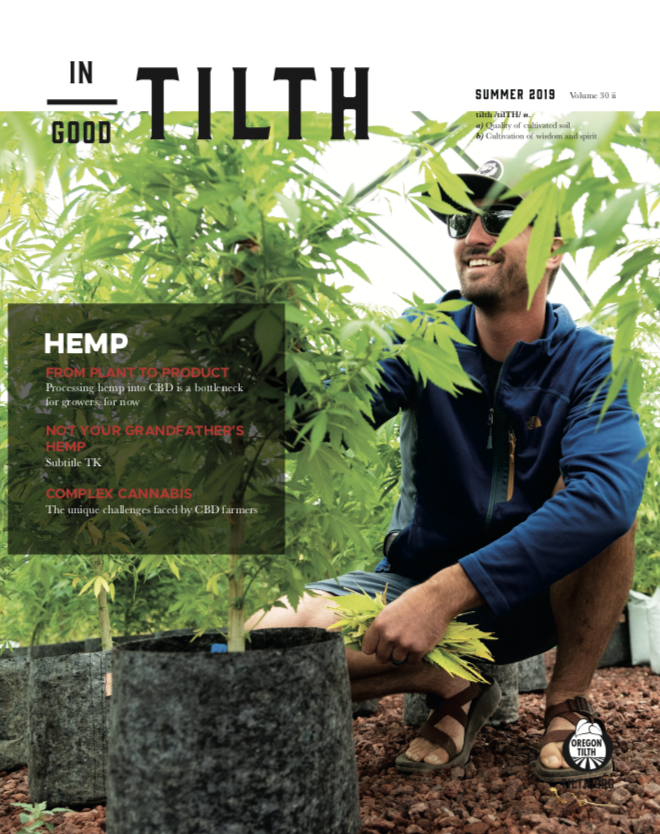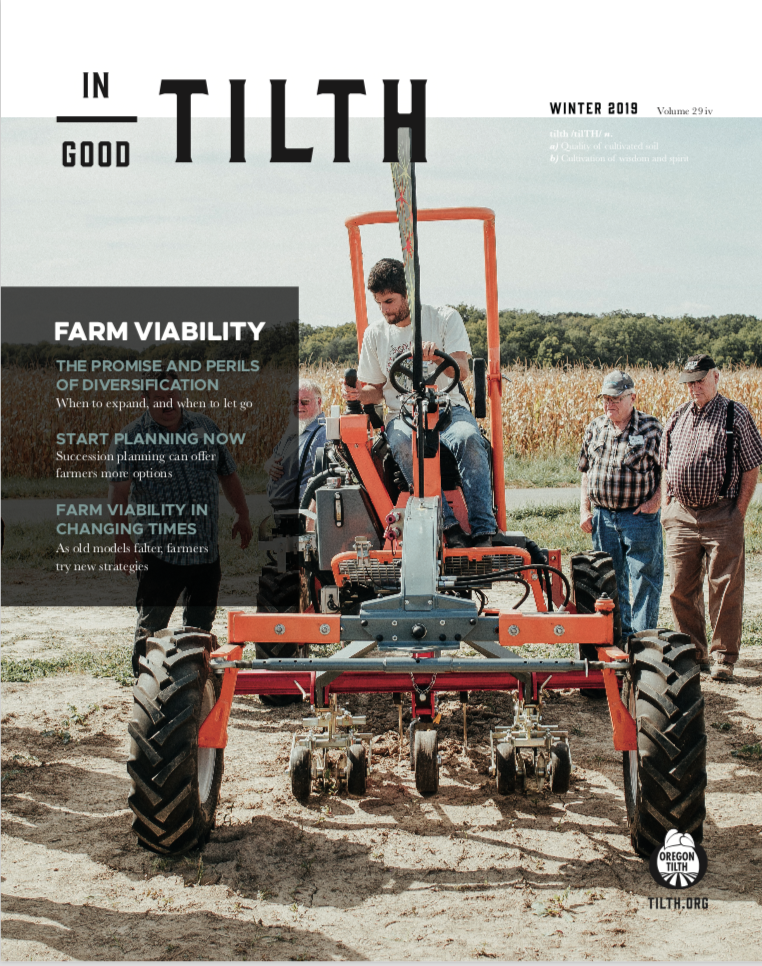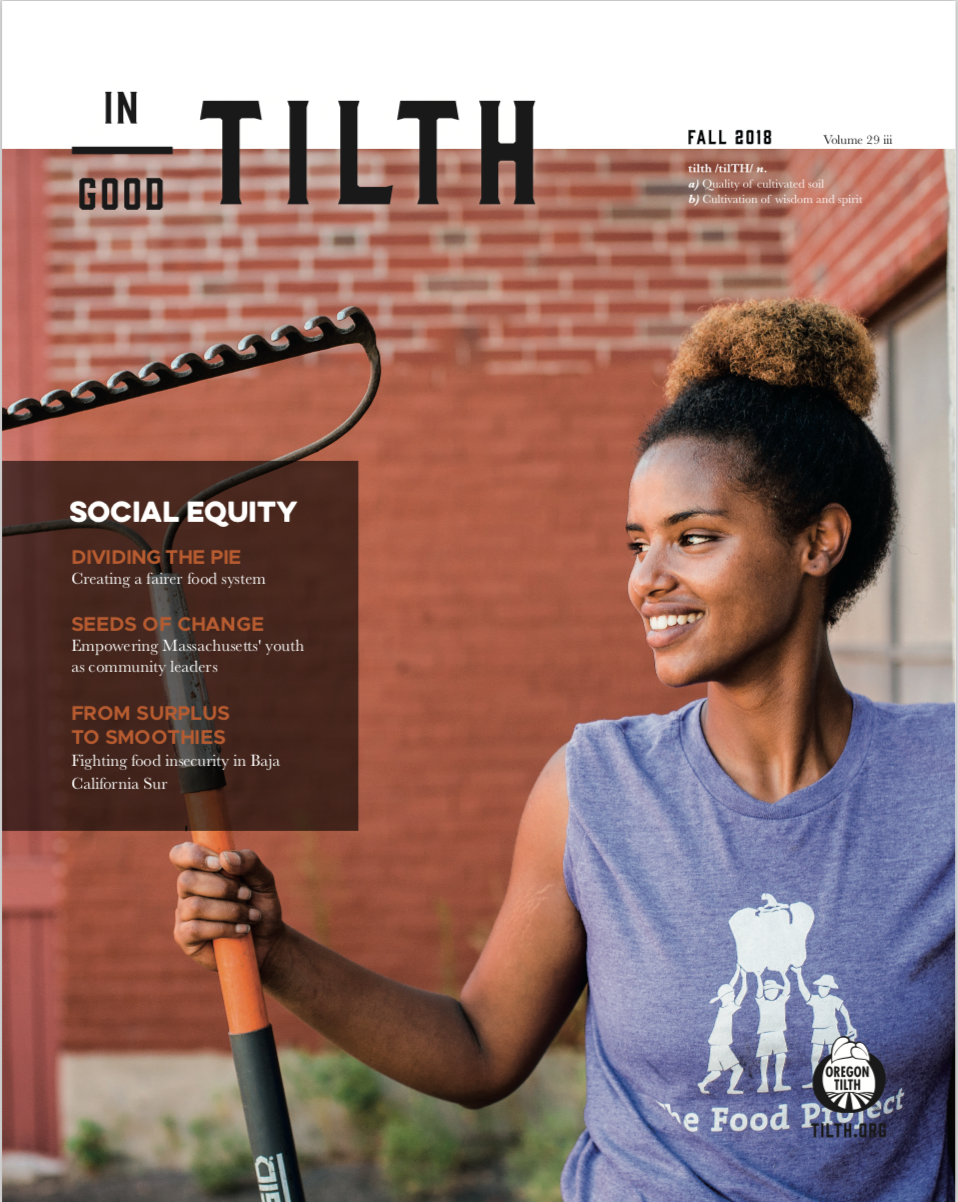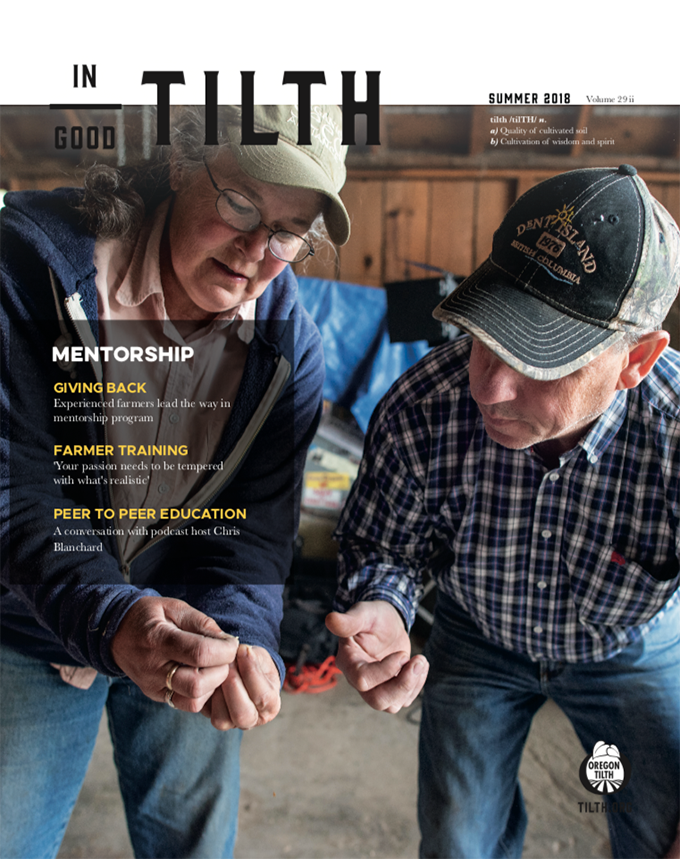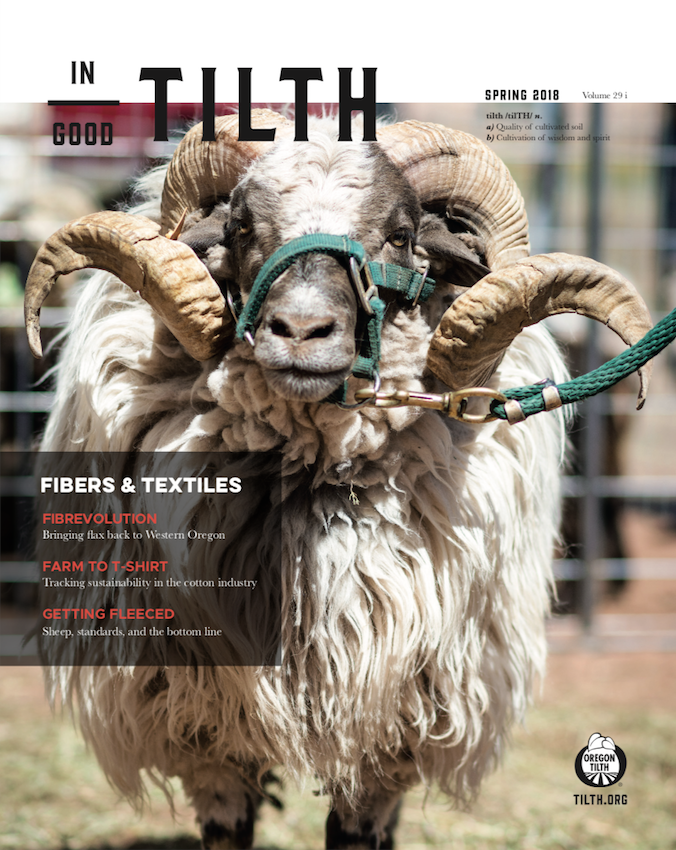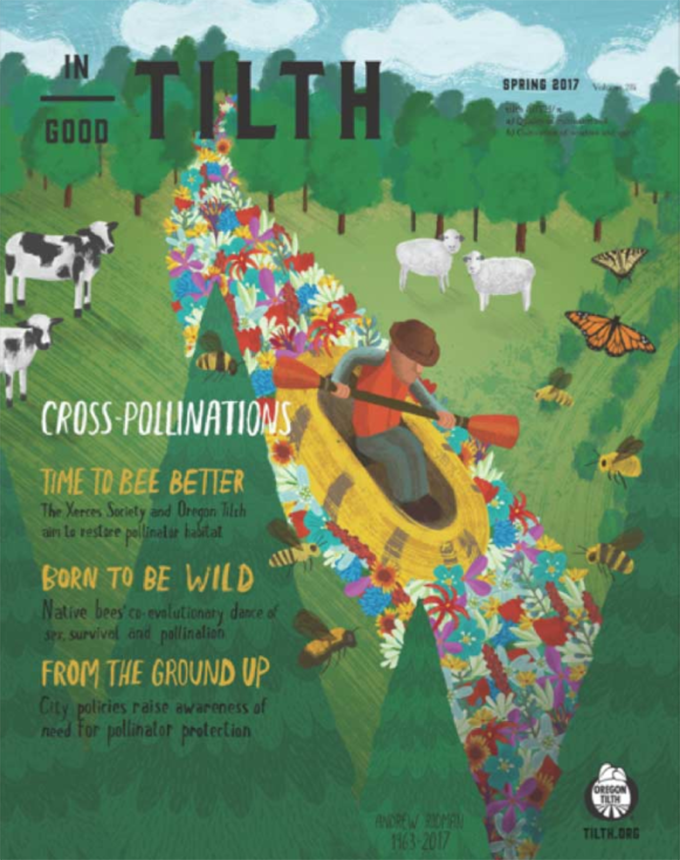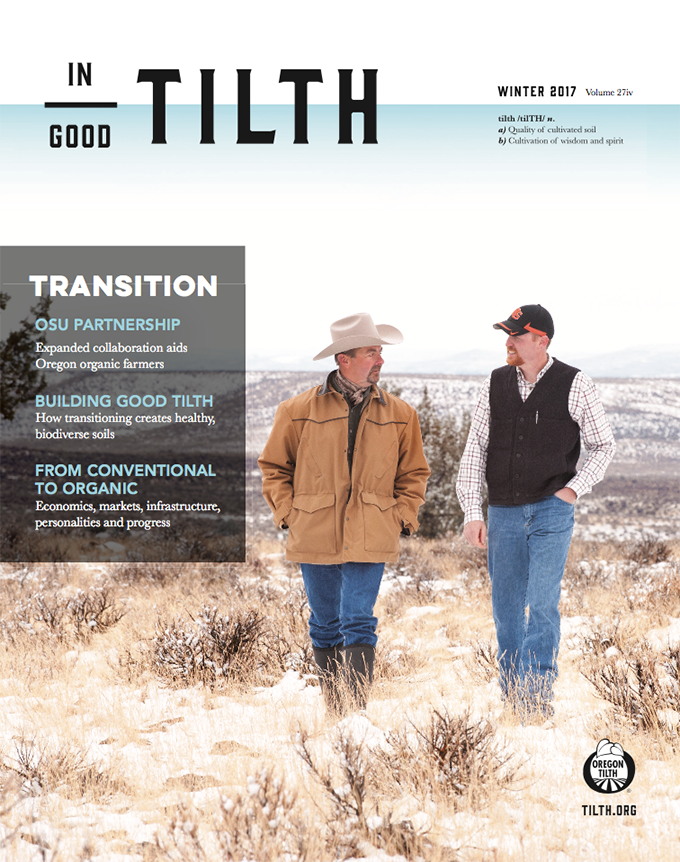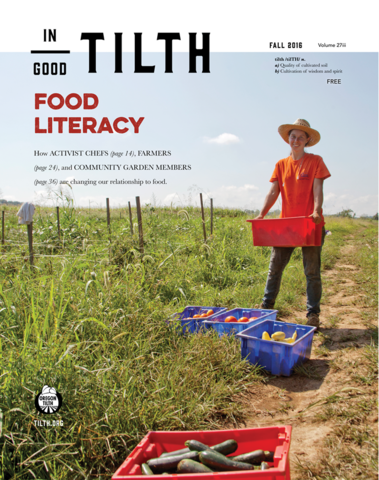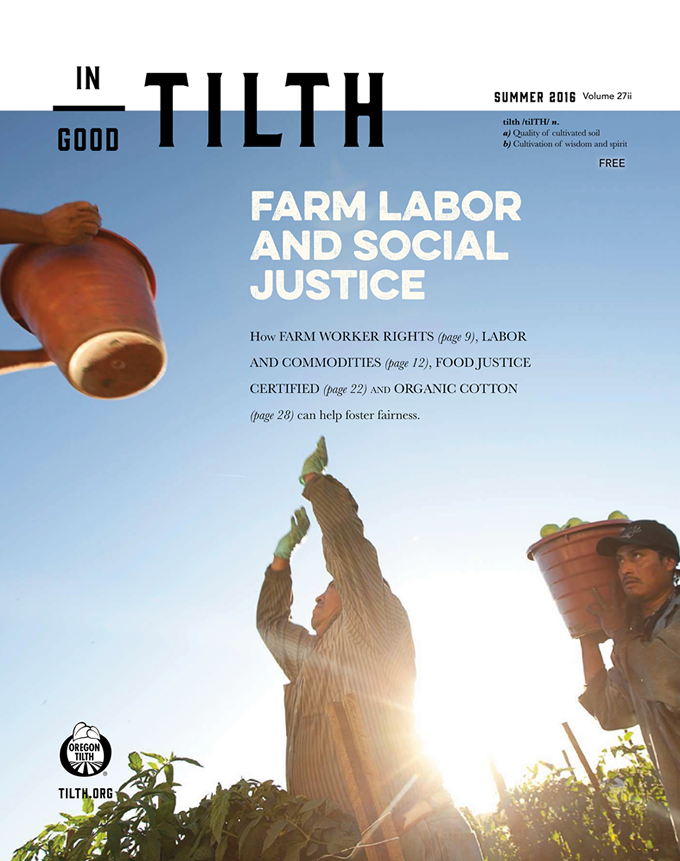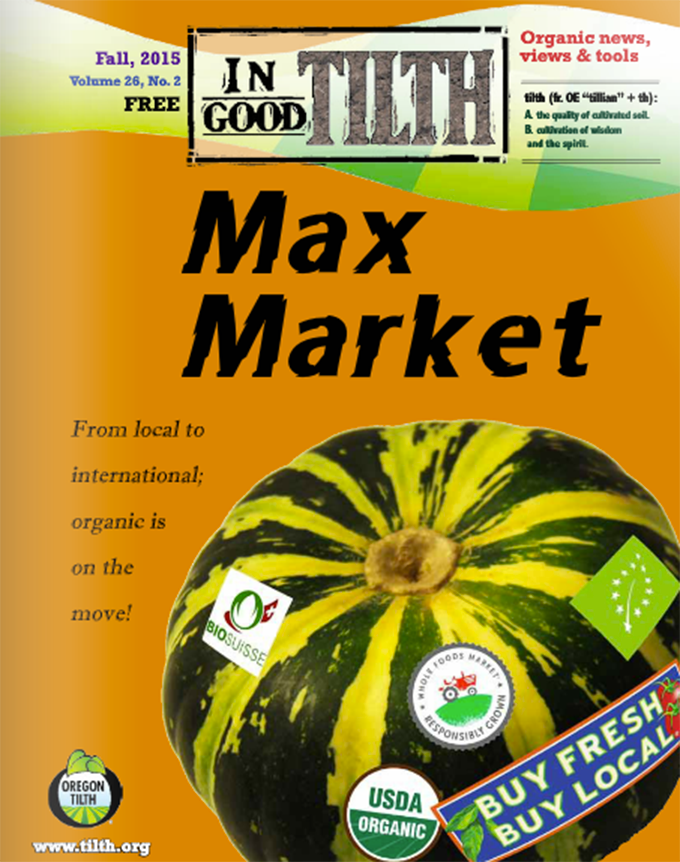The ten-inch metal shunt in my wrist brace imparted the feeling of a robotic weeder arm, as my hand — gripping an Iron Age tool — awkwardly plunged toward the soil.
Robotics and the philosophy of growing organic food seem incompatible to me. Delving into this issue forced me to not only set aside my dystopian fears, Luddite leanings and nature-oriented philosophy, but my ego as well. Over a couple decades of organic farming practices with mostly hand tools, coupled with pointless injuries have made my upper appendages, “not what they used to be.” Now unhinged from my anti-robot perspective; I imagined the time I might gain for the other more enjoyable tasks of farming. What if the walk behind the weedwhacker I call “Scout” or something like “it” were robotized and could do the chore alone?
Self-propelled tractors transformed agriculture in 1859. Most organic farmers I know who have tractors love them or, at a minimum, appreciate them as labor-saving devices. Well, that affection may turn to passion after they purchase the $170,000 driverless tractor from FARB Guidance Systems, founded by an Idaho seed potato farmer. At half the size of the average 2015 tractor, it purportedly can be operated around the clock from your remote command center anywhere in the world. The company’s press release says they will be the first among competitors to mass produce them this year and already have orders for 100 units.
Unlike humans, robots can work 24 hours a day and they don’t need breaks, except for maintenance or malfunction.
One of the selling points agribot companies generally boast about is the competitive advantage a farmer will have with the efficient, automatic and mechanized ability to do and produce more — with less incidental human labor costs.
Robot bodies vary in shape or size based on their utility. Currently, most agribots in use don’t mimic the full human form. They can be a single mechanized arm on a platform, a box-like automated harvester on wheels, a drone or a rolling sphere. They can look similar to the cartoonish, sophisticated toy like the $30,000 Wall-Ye 1000, a cute pruning robot now being utilized in some French vineyards.
Bosch’s Deepfield Robotics created a robot weeder, called “Bonirob,” which uses its “stamping actuator” to punch two small weeds to death in a second, reportedly at 80 percent accuracy during the first pass-thru. Deepfield Robotics sees its service more for crops like “organic carrots, rather than wheat or corn,” which suggests to me that Bonirob might have a hard time identifying different types of grass seedlings (score one for human labor in 2016).
Bonirob also can collect crop health data, including unfavorable insect infestation and soil compaction. This remote-controlled robot seems perfect for flat, row-cropped acreage or greenhouses on organic or conventional farms.
There are many innovators who see agribots as a way to farm more organically, by using more focused application of pesticide or herbicide, and as a solution to various environmental crises as a sustainable technology for “precision farming.” Many are a part of startups, waiting to get beyond the research and development phase into the marketplace. And as is often the case with new technologies, the lack of clear regulation is problematic for a company entering the field. Who is liable for damage done by a “driverless” machine?
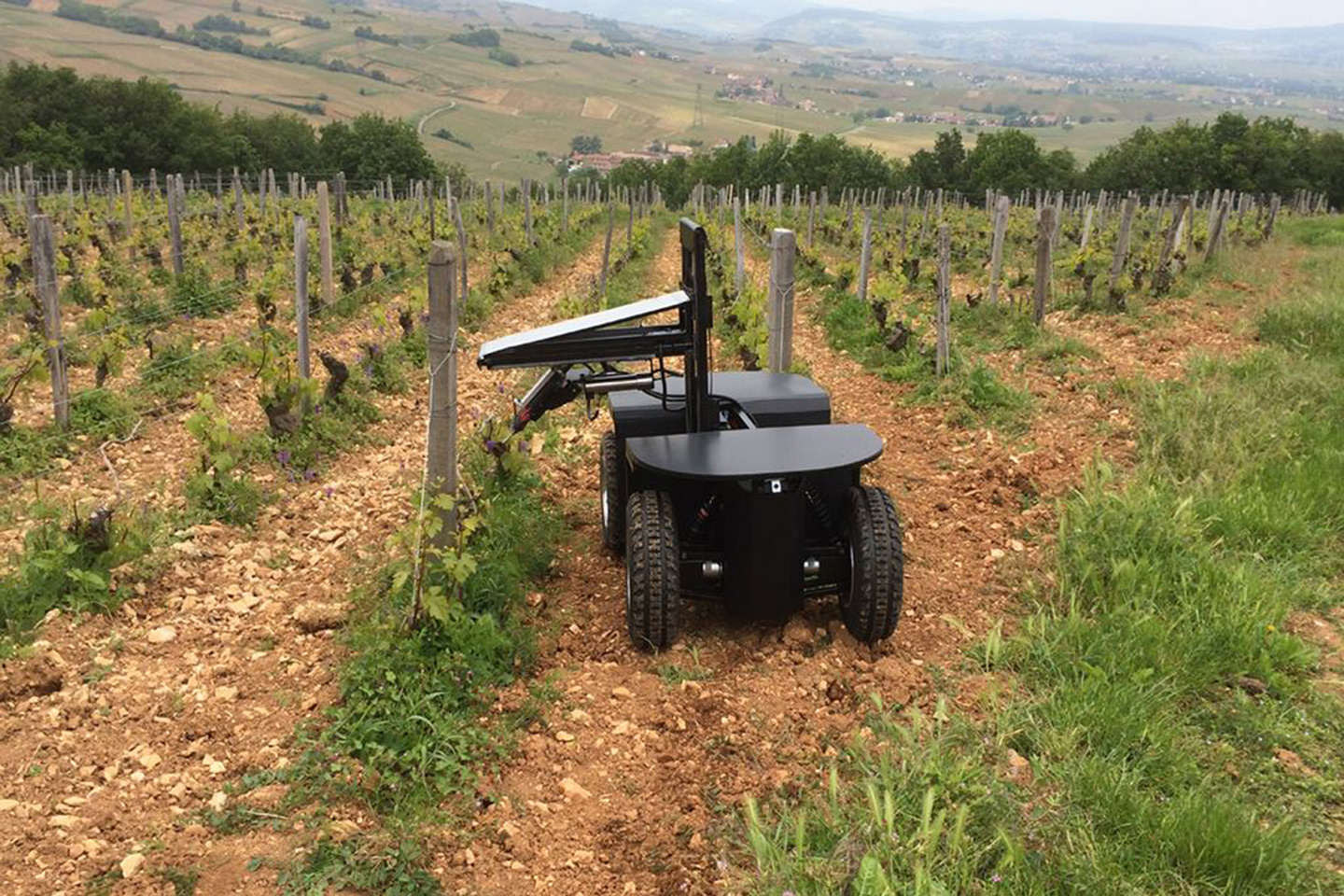
Adoption of agribot technology is greater in other countries compared to the U.S. For instance, Automatic Milking Systems (AMS), also referred to as robotic milkers, were developed in Europe and became available there as early as 1992. This technology was introduced to the U.S. in 2000, and the first robotic milker was installed on a Michigan dairy farm nine years later. The first AMS in Oregon was implemented only this year at dairies owned by OTCO-certified Pacific Natural Foods. In contrast, 30 percent of dairies in Sweden use AMS, and the Netherland-based company, Lely, has a fleet of over 20,000 milking robots working throughout the world.
Around $200,000 at installation, AMS have shown to increase overall milk productivity. Collection of individual data on each cow can help a farmer better manage the health of large herds. As far as animal welfare goes, AMS also give cows the freedom to be milked and fed whenever they are ready. Rarely having to wait in line, around seven cows can be milked an hour.
In the findings of a 2012 focus group study published in the Michigan Dairy Review, farmers cited labor issues as their primary motivation for converting to AMS. Not having to milk twice a day provided them with more time for family and friends. The transition to robotic milking often occurred during the time of a needed milking parlor update or with dairy operation transfer to the next generation.
It’s now common for agricultural students to be exposed to robotics as part of their agricultural degree, like at Iowa State’s College of Agriculture and Life Sciences, where machinery electronic control and artificial intelligence are part of the curriculum. The U.S. Department of Agriculture’s National Institute of Food and Agriculture recently announced $3 million in grants to three universities to advance the use of co-robots in high production agriculture. Co-robots or Cobots work alongside farmers.
2017 is marked to be the year of the first robot farm which will also be pesticide-free. The company named “Spread” claims it will produce tens of thousands of lettuce each day in Kyoto, Japan. Spread projects this innovation will boost production from 21,000 heads of lettuce a day to 50,000 a day, and, in five years, up to a half a million heads a day. The robots, essentially conveyor belts with mechanical arms, will do everything from re-planting young seedlings to watering, trimming and harvesting crops. The light, hard-to-hold seeds will still be planted by humans. If you have ever hand sown flats of lettuce, you’ll know it’s the most difficult part of their planting. LED lighting will slash energy costs by a third, and about 98 percent of the water used to grow the crops will be recycled. Robots exhibit greater accuracy and speed in factories or indoor farms; their application in outdoor farming is more difficult due to working with soft objects moving in obstacle-rich environments under variable conditions.
From the perspective of an organic consumer, water, land and energy conservation are values shared with the bottom line of a robot farm like Spread. Still, most of the current agribot technologies offered are fossil-fuel dependent, just like most non-robotic tractors. As an alternative, the Autonomous Tractor Cooperation startup has created a diesel-electric motor for its driverless tractor, called “e-drive,” that is now being tested on models of four tractor manufacturers. Solutions like this will make agribot technology more in line with the concern of this consumer base.
It is notable that many agribot designs publicized a decade ago as the future of farming are still not in the marketplace today. At present, most agribots are experimental and, if not, out of the price range of the average small, family farmer and impractical for diversified crop systems. They are a possibility for larger organic production farms that can invest in them, but there is the proprietary issue persistent with technological innovations that runs antithetical to a farmer’s autonomy. For instance, John Deere has digitally locked their tractors so the owner of the tractor cannot perform any do-it-yourself repairs, citing safety concerns.
Regardless of technology, a farmer has always been a manager of systems, or at least until a robot is created to do that job.



